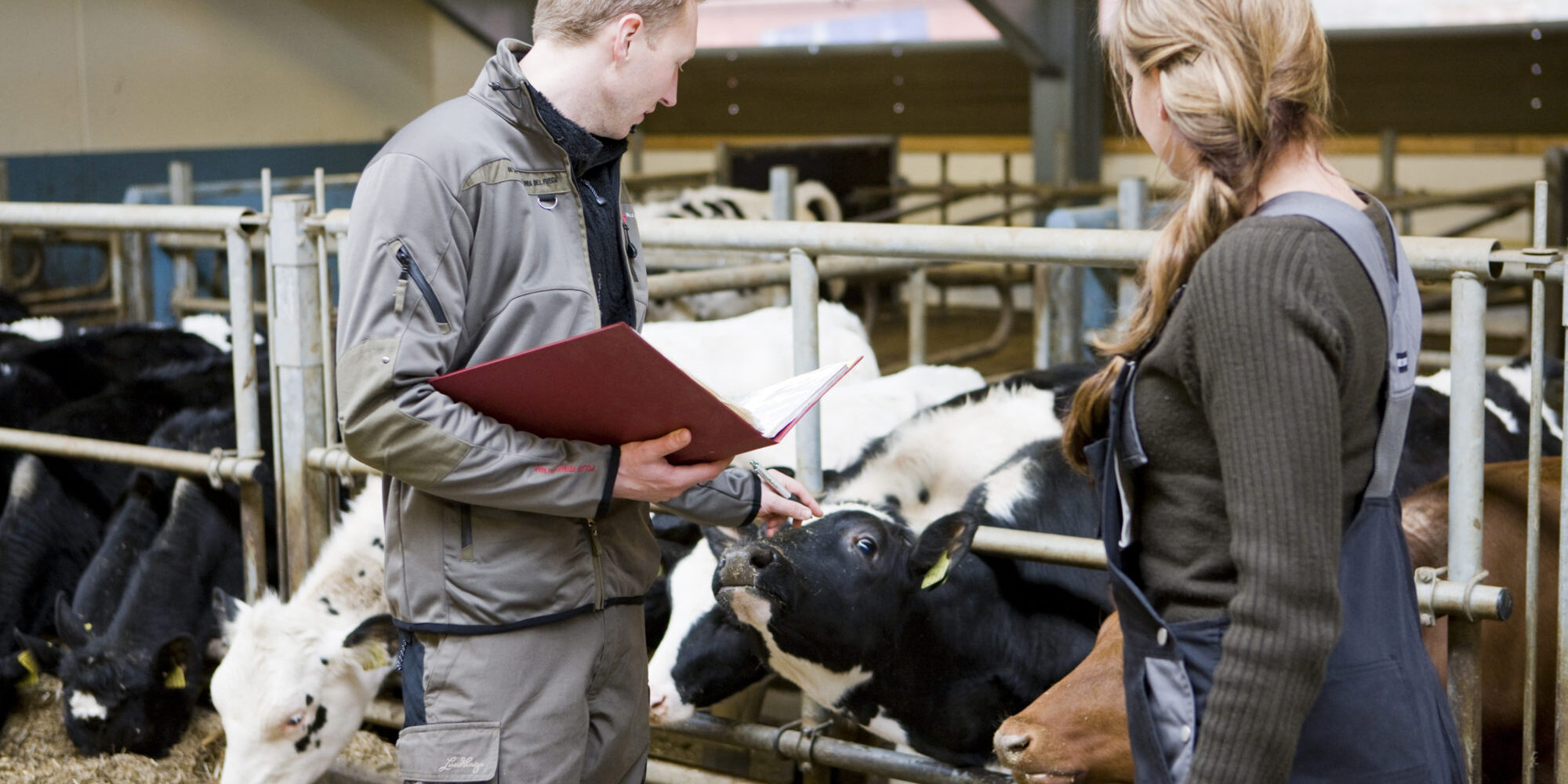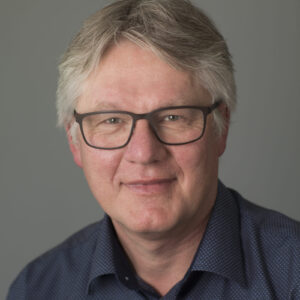
To develop agricultural advice with a long-term perspective
Author
Published: 15 September 2021
Last updated: 15 September 2021
Research areas
Share article:
Farmers need advisers when making decisions for the next 20 to 30 years. But how can the adviser know what is best?
Many farmers are pondering what to do in the future – new investment, maintenance or downsizing? From Ruralis’s Trend survey in 2020, we know that 27 per cent of farmers have invested more than a million kroner in buildings, machinery or other infrastructure over the past five years. There is a lot of uncertainty, even if the investment turns out to be financially justifiable. A farmer in one of our studies asked: “Politics is changing, what should I do?” The farmer expressed a strong desire for greater operational development, and a constant guilty conscience for not making it happen.
Farmer protests and breakdowns in this year’s agricultural negotiations have pressured the political opposition to promise income growth in agriculture. September’s Parliamentary elections will be exciting, especially for those farmers who are considering whether to invest in upgrading their operating apparatus.
Political conditions and subsidy schemes are important, but they aren’t the only questions that matter. Farmers and the resources on the farms vary, and so do the trade-offs between what is important to the individual farmer and to their household.
Building a new operating building, for example, has a longer perspective than a parliamentary term or two. It is almost impossible to know what the right solution is in the long run, but the farmer’s advisers should contribute to it being the best possible decision based on what one knows and can imagine. With advisers here, I’m thinking not only of the traditional advisers who like to have ‘adviser’ in their title, but also more broadly of neighbouring farmers, sellers of equipment and others.
How can advisors contribute? Colleague Gunn-Turid Kvam and I, together with partners in 12 other countries, are conducting a study on the challenges for long-term advice in European agriculture.
In Norway, we have limited the survey to sustainable milk production in Trøndelag over the next 25 years. What can such a production look like? Production must be sustainable in an environmental, social and economic sense. This is assessed in the areas of production and technology, economics and the market, climate change and the environment, as well as regulation and social conditions.
“ September’s Parliamentary elections will be exciting, especially for those farmers who are considering whether to invest in upgrading the operating apparatus.”
We envisage a production with a professionally strong environment that uses new technology adapted to the region. The dairy industry is making strong efforts to reduce greenhouse gas emissions, but is still experiencing climate change that requires adjustments in daily operations. We also observe that society and the consumer market require changes both in terms of how milk is produced and in what volume, to which the industry must adapt. At the same time, we assume that milk production maintains a total volume and a decentralized structure so that the industry still has still has a local policy significance.
We have not gone into detail about how such dairy production should be created. There must be changes in a number of fields, including agricultural policy. It is hardly the most straightforward vision, but we believe that milk production must look something like this if it is to be sustainable. The point in this context is to take a closer look at the role of advisory services if this kind of agriculture is the goal for a couple of decades to come. It is mainly farmers and advisers who have given assessments.
We ask what the challenges are in the long run, and how counselling can help solve them. We anticipate that there will be significant innovations, and that some individuals will take the lead in adopting the innovations, new technology, alternative operating methods and new knowledge. We can call these “pioneer farmers”, and they take on a testing role on behalf of the majority. The advisers have to differentiate between these two types of farmers.
From the Norwegian part of the survey, we can bring out a preliminary point. It is pointed out that a particular challenge for pioneer farmers is to choose the right technology and thus avoid wasteful investments. The technology also needs to be adapted to the farmer and the farm’s resources. Technology here can be, for example, machine line or feed line.
The study highlights that the advisers must be able to see the totality of finances, social sustainability, the use of technology and the use of natural resources. Advice based solely on one factor is liable to be flawed. This plurality requires complex advisory groups around the manufacturer. To an extent, we have seen such advice before – for example in farm councils, where specialists sit down together and examine the farm’s resources and those of households as a whole.
Furthermore, the advisers should contribute to disseminating experiences and knowledge about new technology and its sensible use. The farmer learns in collaboration with colleagues and therefore it is important to facilitate experience sharing.
Good advice to pioneer farmers – in the form of developing a decision-making basis together – can help the majority of farmers when they come after and have to make their own choices. Advisers, including neighbouring farmers, are important mediators and supporters in this respect.
This is a comment. It expresses the writer’s own opinions. This comment was published in Nationens spalt Faglig snakka on 21.07.2021.
Author
Published: 15 September 2021
Last updated: 15 September 2021
